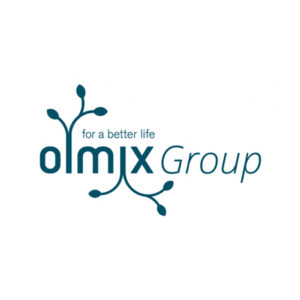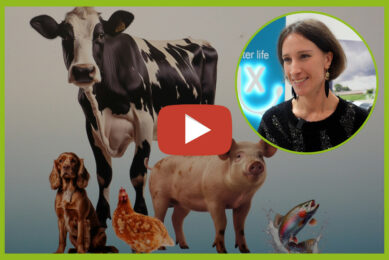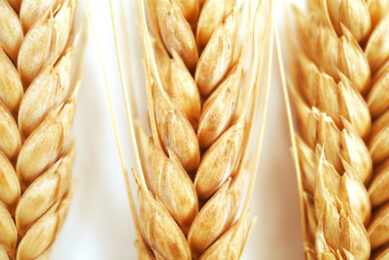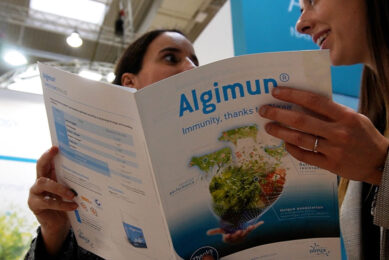Low mycotoxins levels negatively affect broiler production
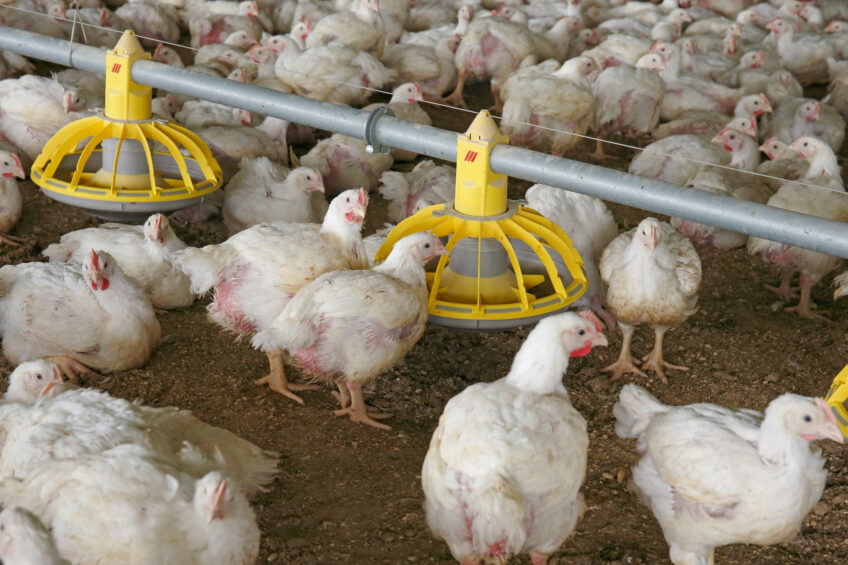
Several scientific studies have proved that low levels of mycotoxins have detrimental effects on poultry production and health. There are various solutions for maintaining the performance level of the animals, such as commercially available algoclay technology.
Mycotoxins are hazardous compounds that pose a significant risk to animal health and productivity when present in feed. There are hundreds of mycotoxins, but the feed industry generally focuses on a few that are particularly harmful to both animal and public health due to their prevalence and toxicity: Aflatoxin B1 (AFB1), Ochratoxin A (OTA), Fumonisins (FUM), Trichothecenes (e.g. deoxynivalenol=DON, T2, HT2), and Zearalenone (ZEA).
Regulating mycotoxins in Feed
However, EFSA is reviewing the approach to the regulation of mycotoxins in feed, mainly due to the publication of new scientific work demonstrating the adverse effect of low levels of mycotoxins, resulting in EFSA opinions recommending reducing these levels for already regulated mycotoxins, such as OTA and DON.
Mycotoxin polycontamination at low levels
Poultry integrators report adverse effects of mycotoxins even at lower levels than those commonly cited in scientific research or in regulations. The impact of multiple mycotoxins (polycontamination) in feed is not well understood. However, surveys indicate that this is a widespread issue. For example, our database, which includes over 20,000 samples of feed and raw materials collected worldwide from 2013 to 2024, shows that 85% of the samples of raw materials contained more than one mycotoxin, and in the case of feeds this level increased to 94%. And from all the polycontaminated samples, most of them have lower mycotoxin level than the current EU guidance values. Low levels of polycontamination is the norm.
There is scientific work showing that mycotoxin levels below EU recommendations can affect poultry performance indicators, such as feed conversion ratio, the susceptibility to bacterial and viruses’ outbreaks and birds’ intestinal morphology and oxidative stress.
Low DON levels affect broiler intestinal morphology and oxidative stress
A trial was carried out at Schothorst Feed Research (SFR) to evaluate the effect of a diet marginally contaminated (Control) with DON (~0.2 ppm), compared with a diet naturally contaminated with DON (~3 ppm), at a level lower than the EU guidance value (5 ppm).
The second diet was fed to 2 groups of birds.
- The DON group received this diet with no supplementation and
- The algoclay group received the same feed + 2 g of algoclay-based product/kg feed.
Dietary exposure to 3 ppm DON caused villus damage on day 28 and villus shortening on day 37. Furthermore, oxidative stress (increased gene expression of GSS=Glutathione synthetase) took place in the liver on day 37. These effects were not observed when the algoclay technology was added to the DON diet (Table 1). Birds supplemented with the algoclay had the same intestinal morphology as birds receiving DON marginally contaminated diets (0.2 ppm).
These results show how the damage caused by DON exposure on intestinal integrity and oxidative stress can be avoided with the use of the algoclay-based product.
Reducing the risk of the low mycotoxin contamination
As shown in the previous paragraphs, even low doses of mycotoxins can have deleterious effects on animals’ health. To avoid these detrimental effects, it is important to limit both the intestinal absorption of mycotoxins and their contact with epithelial cells in the lumen to protect gut integrity. Mycotoxin-adsorbing agents are a promising strategy that can be used to reduce mycotoxin damage in the gut and mycotoxin intestinal absorption. Today, one hybrid material based on clay and algae (algoclay) demonstrated its capacity to protect birds from a wide spectrum of mycotoxins including DON.
The efficacy of this product to reduce mycotoxin exposure was evaluated in a toxicokinetic trial at Ghent University. A single oral bolus was administrated to broiler chickens, to reach the equivalent of 5 mg DON /kg, 2.5 mg OTA /kg and 20 mg AFB1/kg of feed, corresponding either to the EU recommendation (DON), or the minimum value necessary to measure mycotoxin biomarkers in the plasma (AFB1 and OTA). One group did not receive the supplementation (Control group) and the other group received the Algoclay-based product at 2.5 g/kg feed (MT.X+ group). Blood samples were serially collected to measure the plasma levels of DON-3S (DON-3-sulphate, DON main metabolite in poultry), OTA and AFB1.
Figure 1 – Relative oral exposure of broiler chickens to DON, OTA and AFB1.
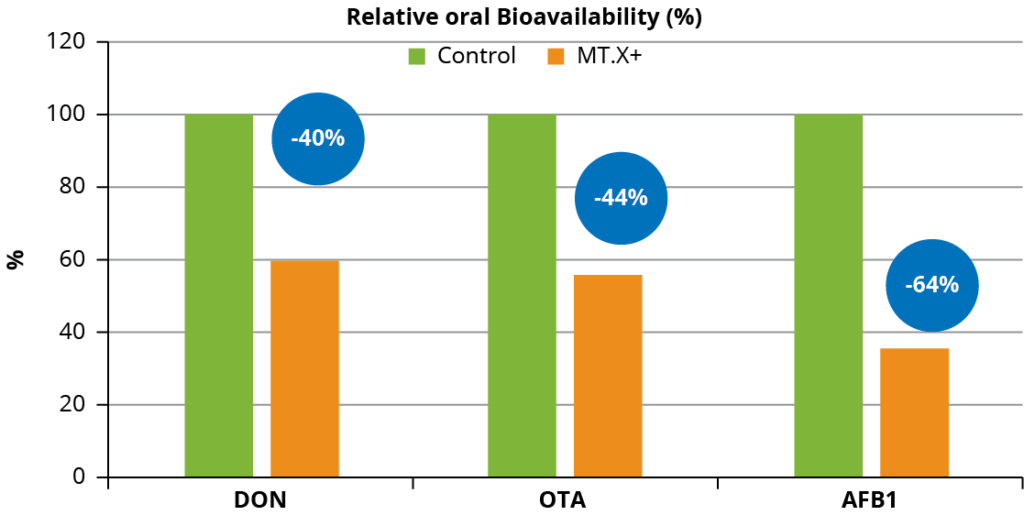
The study demonstrated that the algoclay technology can reduce the systemic exposure to several mycotoxins simultaneously (Figure 1) by 40% in the case of DON, by 44% for OTA, and by 64% for AFB1.
The combination of toxicokinetic modelling to gain an in-depth understanding of mycotoxin absorption kinetics and a trial conducted under farm conditions with natural contamination to assess the mycotoxin impact on the animals provides a robust assessment of the efficacy of the algoclay-based supplementation.


